Plastic is often given a bad reputation. With more than 380 million tons produced every year and up to 60% of this ending up as waste, plastic is literally building up in landfill sites and oceans with catastrophic results.
However, when reducing greenhouse gas emissions is crucial to prevent a runaway climate crisis, plastic may help reduce harmful greenhouse gases by limiting shipping weights, boosting fuel efficiency, and helping keep food fresher for longer.
In fact, documentation from Canada recently acknowledged that the problem with plastic is primarily due to the mismanagement of plastic waste and that as a material, plastic has numerous positive effects in relation to the environment, as mentioned above.
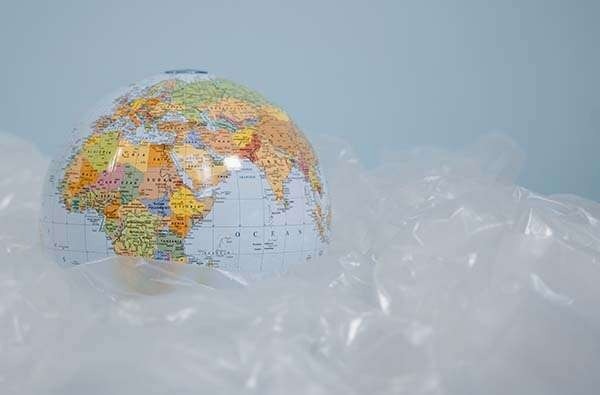
Image Credit: Hitachi High-Tech Analytical Science
The Challenges of Recycling Plastic
Today, only around 16% of plastic waste is recycled into new plastics. The rest is sent to landfills, incinerated, or illegally dumped, where it generally ends up in the oceans. The problem with recycling is extremely complicated, with the price of crude oil fluctuating and the recycling process being dependent on manually hand-sorting plastic waste.
Sometimes it is simply cheaper to manufacture new plastics instead of recycling old ones. Many plastic products are comprised of a mix of plastics or additives, making them too complex for recycling, and even though the composition is known, it is impossible to know if the recycled plastic behaves exactly like virgin material.
Recycled goods may have been exposed to rain, UV radiation, and heat, all of which can have an effect on the material characteristics in contrast to virgin plastic.
The promising news is that there is an increase in the percentage of plastic that is being recycled. But this parallels an alarming increase in the global use of plastic, meaning that more plastic waste is thrown out every year, despite a higher recycling percentage.
The solution to this global problem is complicated. However, straightforward techniques that can quickly and accurately determine the composition and potential performance of recycled material will assist production facilities when it comes to the use of recycled material available.
This is where thermal analysis comes into play.
The Role of Thermal Analysis in Plastics Recycling
Throughout the lifetime of the plastics, thermal analysis can be used in three main ways:
- Raw material testing: Here, thermal analysis can detail what type of polymer is being dealt with, i.e., PET or HDPE, its purity, and, in the case of mixed plastics, each component’s percentage concentration.
- Final product checks: Thermal analysis has the ability to determine whether a plastic product meets approved specifications once it has been through the necessary manufacturing processes. While the raw material may have been verified, if any additional elements have been added or if the material has been subjected to high temperatures, verification of the actual characteristics at the end of the process will be required.
- R & D for new products: When developing new polymers with particular characteristics, thermal analysis can help fully characterize the new types without having to conduct lifetime testing of finished products. It helps with determining just the right additive that does not have any detrimental effects, such as undesirable color change.
If using recycled plastics, thermal analysis can help address the issues associated with using them. It is possible to determine exactly what type of plastics are present and in what quantity and assess the performance characteristics against either specified products or new polymer development.
Below are a series of specific examples of thermal analysis in the plastics lifecycle.
Example 1: DSC for Raw Material Identification
This example enables users to check the polymer type of recycled raw materials. Through the application of a differential scanning calorimeter, the materials are fingerprinted by determining the glass transition and melting points.
The values for melting temperature and/or glass transition can be compared with known values to establish the exact polymer type. In this instance, Hitachi used its NEXTA DSC200 instrument.
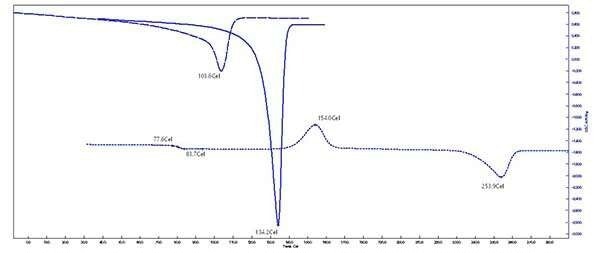
Image Credit: Hitachi High-Tech Analytical Science
Example 2: DSC For Checking for Impurities
This example is a little less straightforward. Any impurities within the recycled polymer will have an influence on its properties, so DSC can be employed to check for minute amounts of undesirable materials. In this example, Hitachi tested HDPE with 0.5% PP to demonstrate how the tiniest amount of PP can be captured during a measurement.
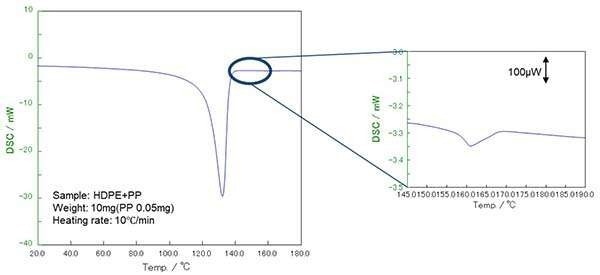
Image Credit: Hitachi High-Tech Analytical Science
For this example, the NEXTA DSC600 was used, which has a greater level of sensitivity at 0.1 µW. This is necessary for this type of measurement where the impurity level is extremely low. The two types of polymers have varying melting points, so the peak for PP at this sensitivity level is clear.
Example 3: TGA to Check the Stability of Recycled Plastic
Another characteristic of a recycled polymer that may need to be checked is stability. This could be vital for final product use if the material is to be used in a high-temperature environment, but also whether the material could tolerate production processes.
Here, TGA function on Hitachi’s simultaneous thermogravimetric analyzer, the NEXTA STA200RV, was used. Three types of PET were analyzed: 90% recycled, 60% recycled and 0% recycled.
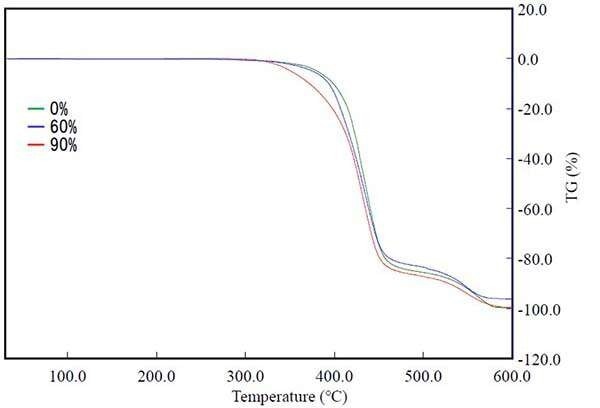
Image Credit: Hitachi High-Tech Analytical Science
The graph demonstrates that the stability of the recycled material is lower and starts to degrade at a lower temperature than the virgin material. The greater the percentage of the recycled material, the lower the temperature at which this occurs. This can be contrasted with the temperature achieved during production and the user can decide on just how suitable the recycled material will be.
Example 4: Can You Use Re-Ground Parts in Production?
This scenario is focused on reducing waste and cutting costs in production. The question is whether it is possible to feed the waste from production back into the process. The main things that should be considered are whether there is any composition change between the organic and inorganic components of the polymer.
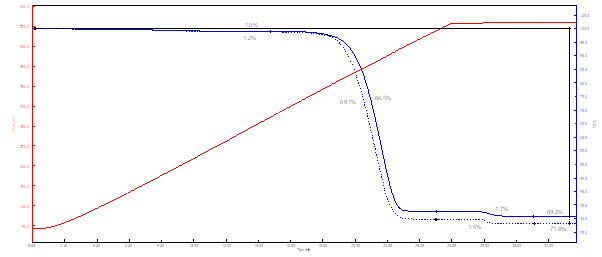
Image Credit: Hitachi High-Tech Analytical Science
STA/TGA has the capacity to determine any compositional changes.
From the graph, a difference between the solid line (virgin material) and the dotted line is clear. In the re-used sample, this difference between 500 ºC and 550 ºC displays a lower concentration of inorganic material, which is fiberglass.
However, to establish whether this will create any issues with the final product application, the unique RealView system was used, which allows users to see what is going on with the sample throughout the scan.
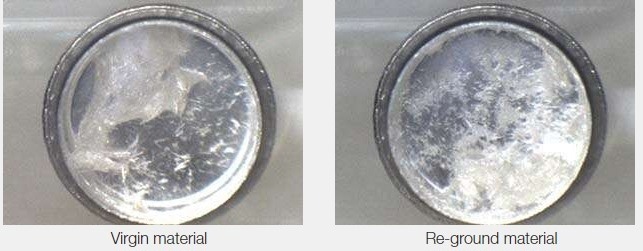
Image Credit: Hitachi High-Tech Analytical Science
These images offer additional information. For example, it is clear to see that there is less glass fiber in the re-ground material and, of what is leftover, the fibers are smaller than in the virgin sample. This is just one scenario where RealView technology offers a more complete picture than the graphical output alone.
Discover more about how Hitachi’s range of thermal analyzers can help recycle more plastic throughout production. Watch the Hitachi webinar on How thermal analysis can lead to a better future for plastics and the planet or make contact to discuss your specific application.

This information has been sourced, reviewed and adapted from materials provided by Hitachi High-Tech Analytical Science.
For more information on this source, please visit Hitachi High-Tech Analytical Science.